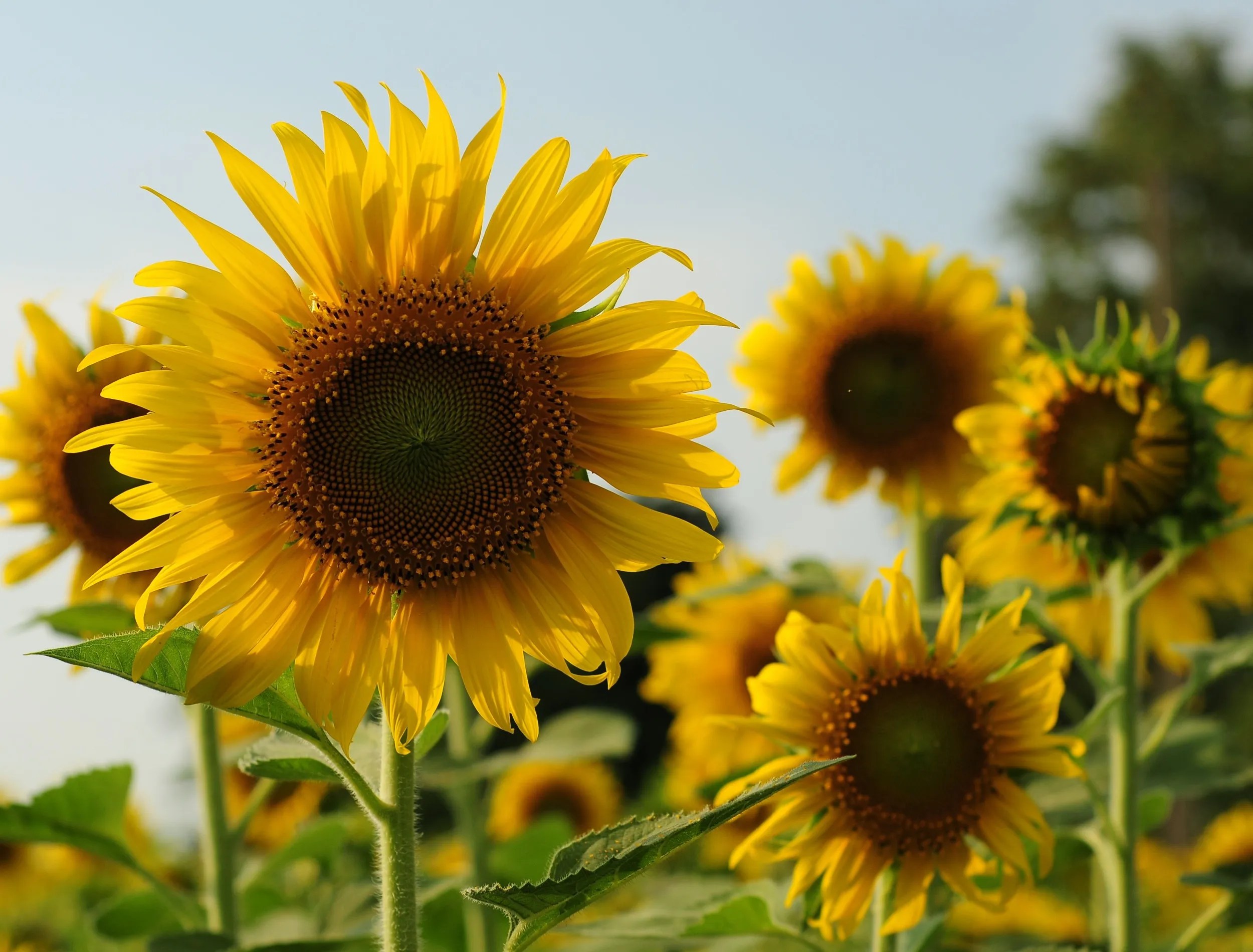Related
Azaleas are democratic spring blossom bush with prominent peak . They thrive in zones 5 to 9 , tolerate full sunlight to fond shade , and prefer well - drain , acidic soils . However , azalea are not resistant to problem .
Discover six common offspring with azaleas and learn to keep themlooking their best .
Ovulinia Petal Blight
Ovulinia petal blight is a fungal disease that affects azalea petals in wet conditions with modest temperatures , around 50 to 70 degrees Fahrenheit . Symptoms admit small water - gazump dapple on petal that enlarge and become worthless , lead to premature browning and dropping of flowers .
To fix Ovulinia petal blight , deadhead infected flowers , and improve air circulation bypruning overhanging branches . You ’ll also want to clean up any fall blooms or debris . Avoid overhead watering as it keep on the petal wet and can push the growth and spread of fungal spore . Next , replace about 1 column inch ofold mulchto remove any remaining spores or infected works fabric .
Pro Tip : Use fungicides like chlorothalonil , thiophanate methyl , or triforine consort to the manufacturer ’s program line and repeat every 10 to 14 days to prevent the disease from enter your garden in the first place .

Armillaria Root Rot
trope credit : AnemoneProjectors via Wikimedia Commons
Armillaria root rot is a fungal disease due to poor drain and undue wet that prevents azaleas from absorbing body of water aright . symptom include stunted growth and clusters of yellow , honey - colored mushroomsaround the plant .
To pay off Armillaria root rot in azaleas , remove hard infected plants to keep the fungus from spreading . Improve soil drainage by summate organic matter like compost orbark chips . slay affected soil , include roots , and exchange it with fresh , hefty soil before implant a raw plant in the expanse .

Winter Injury
Winter accidental injury can go on in azaleas due to wind exposure and extended periods of coarse , cold conditions . symptom of winter damage on azalea works admit browned leaves with tips or margins , dieback on branch tips or the entire branch , and leafage rolling .
Generally , azaleas can survive temperatures around 40 to 50 degrees Fahrenheit without hurt a significant injury because of their shallow , cold tolerant root organization . However , some varieties are hardy to extremely small temperatures , such as 5 or 10 arcdegree Fahrenheit .
To preclude winter harm in azalea , irrigate the plantsthoroughly before wintertime to prevent dehydration . Then , apply a wooden-headed bed of mulch ( not more than 3 inches ) around the base of the plants to order soil temperature . You may use wood chips , shredded bark , or pine tree needles as mulch . eventually , wrap the plants with burlap or other breathable material to protect them fromcold winter winds . Just be certain the framework does n’t graze the plant leading to ice damage .

Phytophthora Root Rot
Phytophthora root putrefaction is a fungous disease that dissemble azaleas , commonly take place in heavy , poorly - draining territory under utmost wet , such as in the wet spring time of year . symptom of Phytophthora root putrefaction include reduce plant ontogeny . However , inside the flat coat , the etymon start colour and become cherry-red - brown . As the disease becomes grave , you may see wilting , roll , and dumb - colored leaves and defoliation in azalea .
To direct Phytophthora beginning moulder in azaleas , use well - drain dirt with coarse materials like sand or bark . They increase the pore space between soil particles , allowing water to drain away more quick . Avoid planting azalea in field with poor drain or tolerate H2O . In accession , you’re able to use antimycotic agent like Banrot , Truban , Terrazole , and Captan to prevent fungus growing . Last but not least , chooseresistant azalea varietieslike ' Corrine , ' ' Fred Cochran , ' ' Merlin , ' and ' Rose Greeley . '
Iron Chlorosis
Iron greensickness is a common problem in azaleas triggered by iron lack due to high soil pH levels . azalea require an acidic dirt pH of 4.5 to 5.5 to flourish . As the pH level rises above this range , the plant life ’s roots can not occupy iron from the soil .
The symptoms of iron chlorosis seem first on the new leaves as interveinal chlorosis . In this precondition , the area between the leaf vein becomes pale yellow or white-hot . As the deficiency worsens , the youngest leave may become white and stunt . However , there is no obtrusive strong-arm misshapenness in general .
To fix branding iron chlorosis in azaleas , checker thesoil pHand add powdered sulfur to increase grime sourness . The recommended measure of S to add are ½ an ounce ( 14 grams ) per cubic foot of soil in sandy soils . For silty soils , utilize 1 ounce ( 28 grams ) of atomic number 16 per cubic foot of filth . For clay grease , use 2 ounces ( 56 gm ) of sulfur per three-dimensional foot . Otherwise , you mayuse fertilizerslike Fe - DTPA , Fe - EDDHA , and Fe - EDTA to treat branding iron want in azaleas .

Common Pests
azalea can be vulnerable to a potpourri of pests that can get terms to the plant life :
Troubleshooting Azaleas
